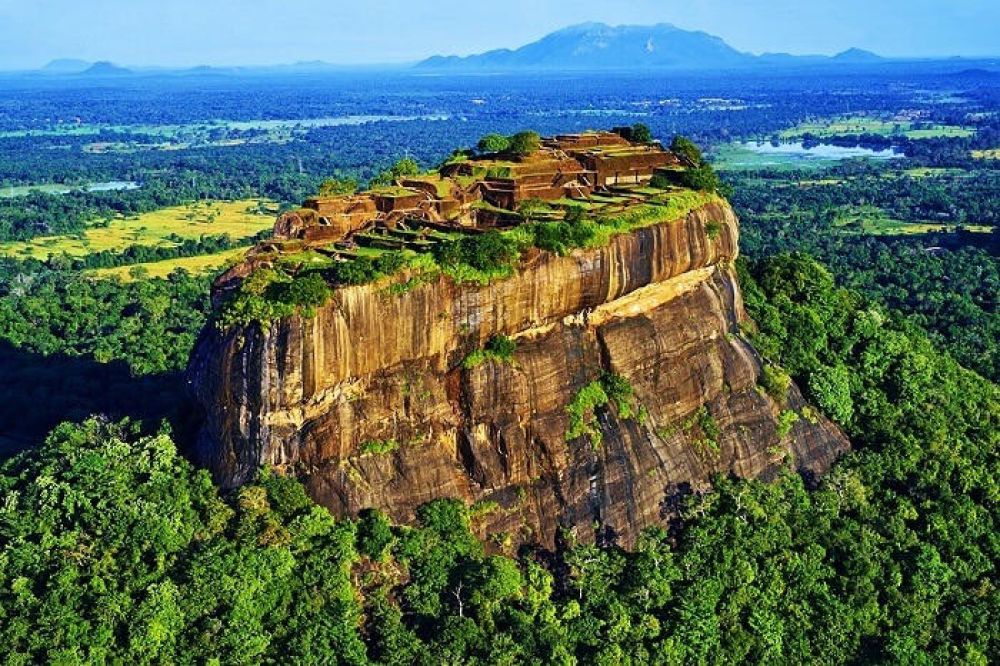

Travelers seeking the ideal period to visit the historic rock fortress of Sigiriya in Sri Lanka should aim for the dry seasons, which are typically from January to April and from July to September. These months often offer clearer skies and more temperate weather, making the climb to the fortress more enjoyable. Sigiriya, located in the heart of the island’s Cultural Triangle, is less affected by monsoon seasons than other parts of the country due to its inland position. Nevertheless, the drier months provide a more predictable climate for visitors, ensuring that pathways are safe and the ancient frescoes and ruins can be appreciated without the obstruction of heavy rainfall.
The timing of your visit can also impact the experience at this UNESCO World Heritage site. Mornings are considered the best time of day to ascend Sigiriya Rock, as the temperatures are cooler and the crowds are thinner. Starting your climb early, around 7 or 8 AM, allows for a more tranquil ascent and the opportunity to observe the astounding views from the top before the heat intensifies. It’s important to note that April and August are the peak tourist seasons, so visitors planning trips during these months should prepare for a higher volume of fellow sightseers. Regardless of when you choose to visit, witnessing the grandeur of Sigiriya’s rock plateau, the ancient frescoes, and the Lion’s Gate is a captivating experience for any traveler.
| Month | Min Temp | Max Temp |
|---|---|---|
| January | 22 °c | 31 °c |
| February | 22 °c | 31 °c |
| March | 23 °c | 33 °c |
| April | 24 °c | 33 °c |
| May | 25 °c | 33 °c |
| June | 25 °c | 33 °c |
| July | 24 °c | 32 °c |
| August | NA | NA |
| September | 24 °c | 32 °c |
| October | 24 °c | 31 °c |
| November | 23 °c | 30 °c |
| December | 22 °c | 30 °c |